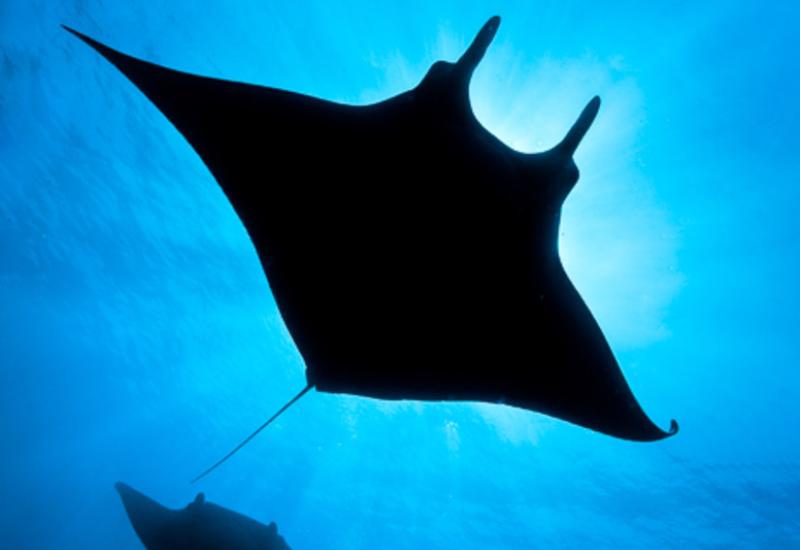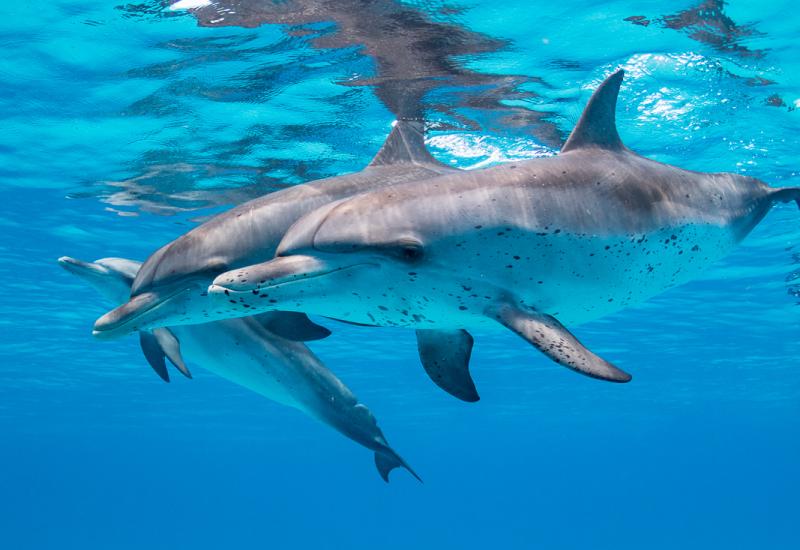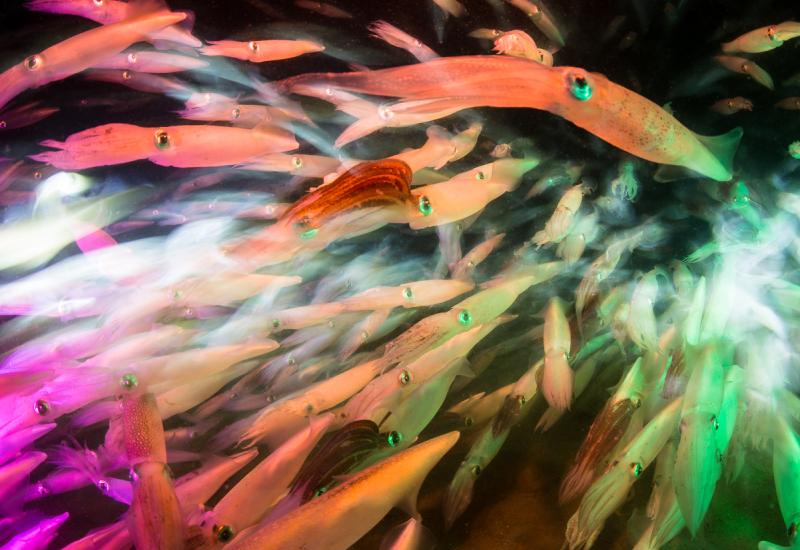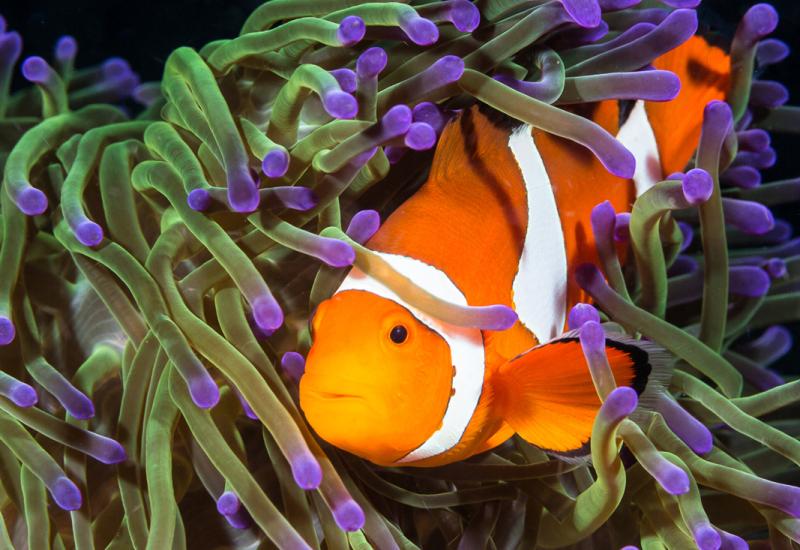How To Master Macro Underwater Photography
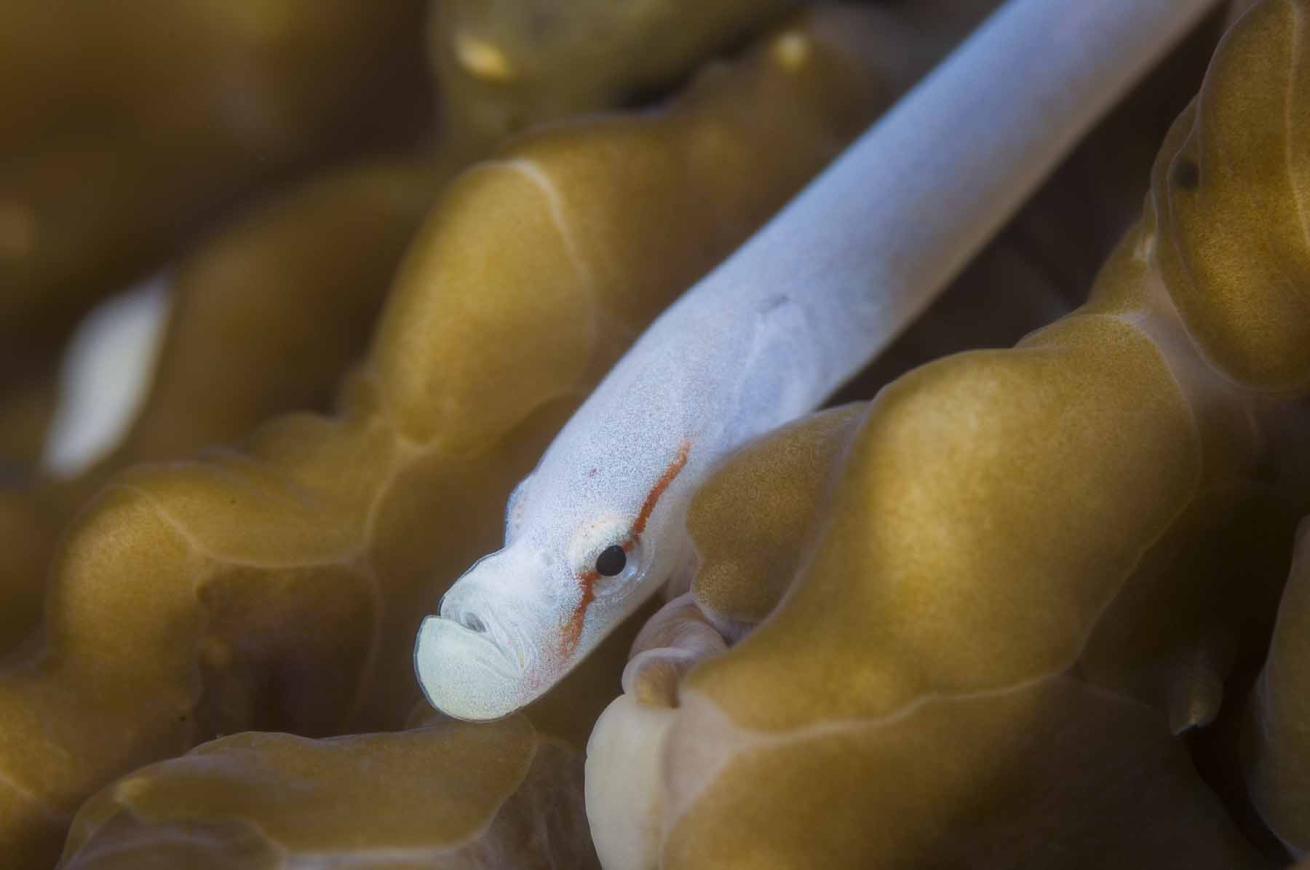
Sterling Zumbrunn
What is Macro? Generally, anything small enough to fit within a 5-by-7-inch area is considered macro. Lots of subjects fall into this category — fish, crustaceans, abstract details and more. Photographing subjects this small requires getting close and using special macro lenses.
Get Close — Then Get Closer Macro subjects often work best with tight framing and the elimination of distracting details. As in most types of underwater photography, if you think you’re close enough, it pays to get even closer. When you’re reviewing your images, it’s often the tightest ones that stand out.
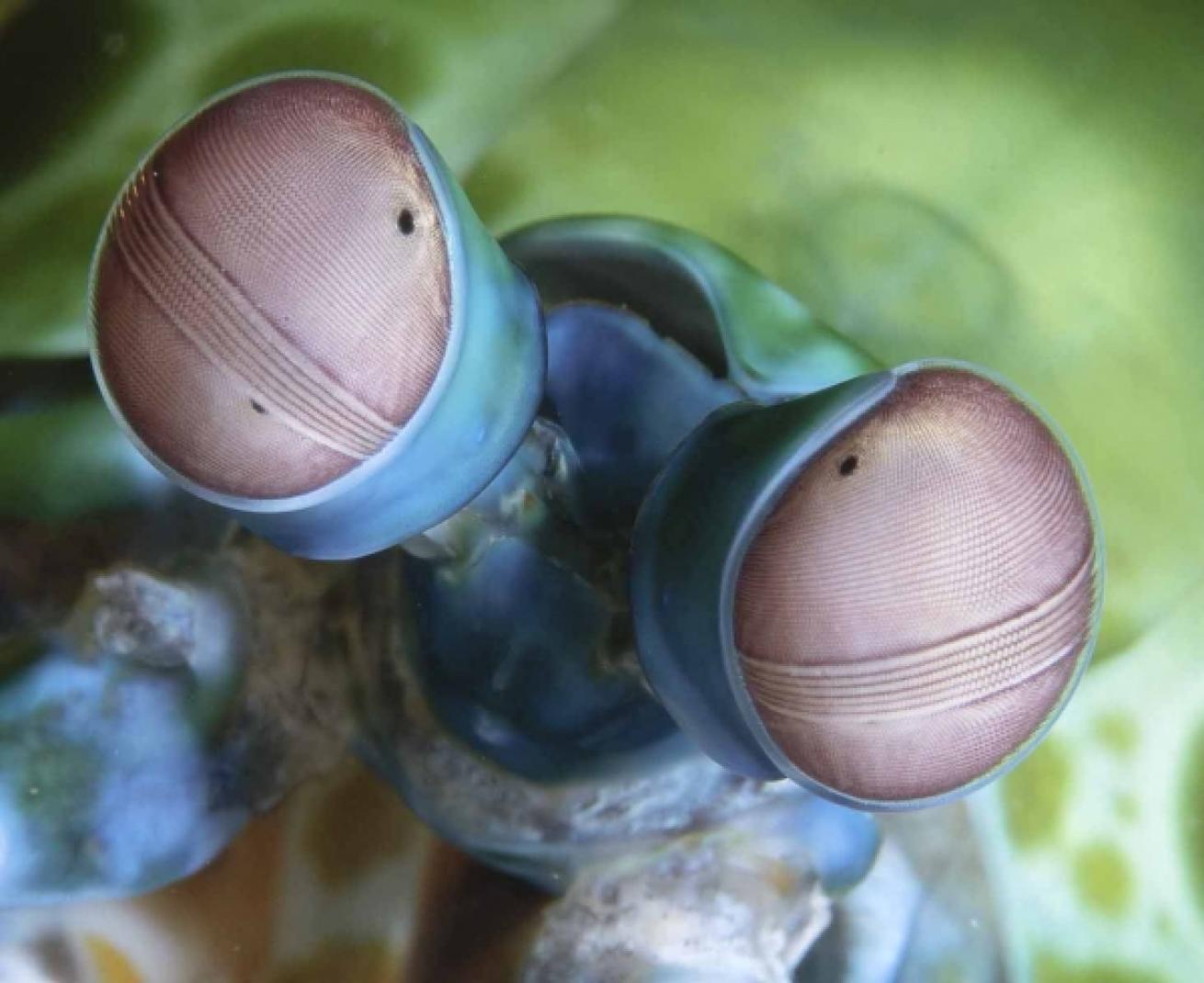
Small Apertures Help Retain Detail The flip side of moving in on your subject is that your depth of field (the zone that is in focus) shrinks rapidly the closer you get. To combat this, you will need to stop down the aperture. This means using higher F-stop numbers. Typically with macro photography, you will need to use at least f/11 to maintain reasonable depth of field. Conversely, extremely shallow depth of field can also be used as a creative technique that helps you separate your subject by focus.
Watch Those Backgrounds The key to a successful macro image is an interesting subject that is well exposed and very sharp, positioned on an interesting background. Oftentimes it’s easier to find a good backdrop and wait for a subject to arrive. If you can’t find one, you can create negative space behind your subject by getting your camera lower and shooting upward. This helps separate the subject by creating a negative space behind it.
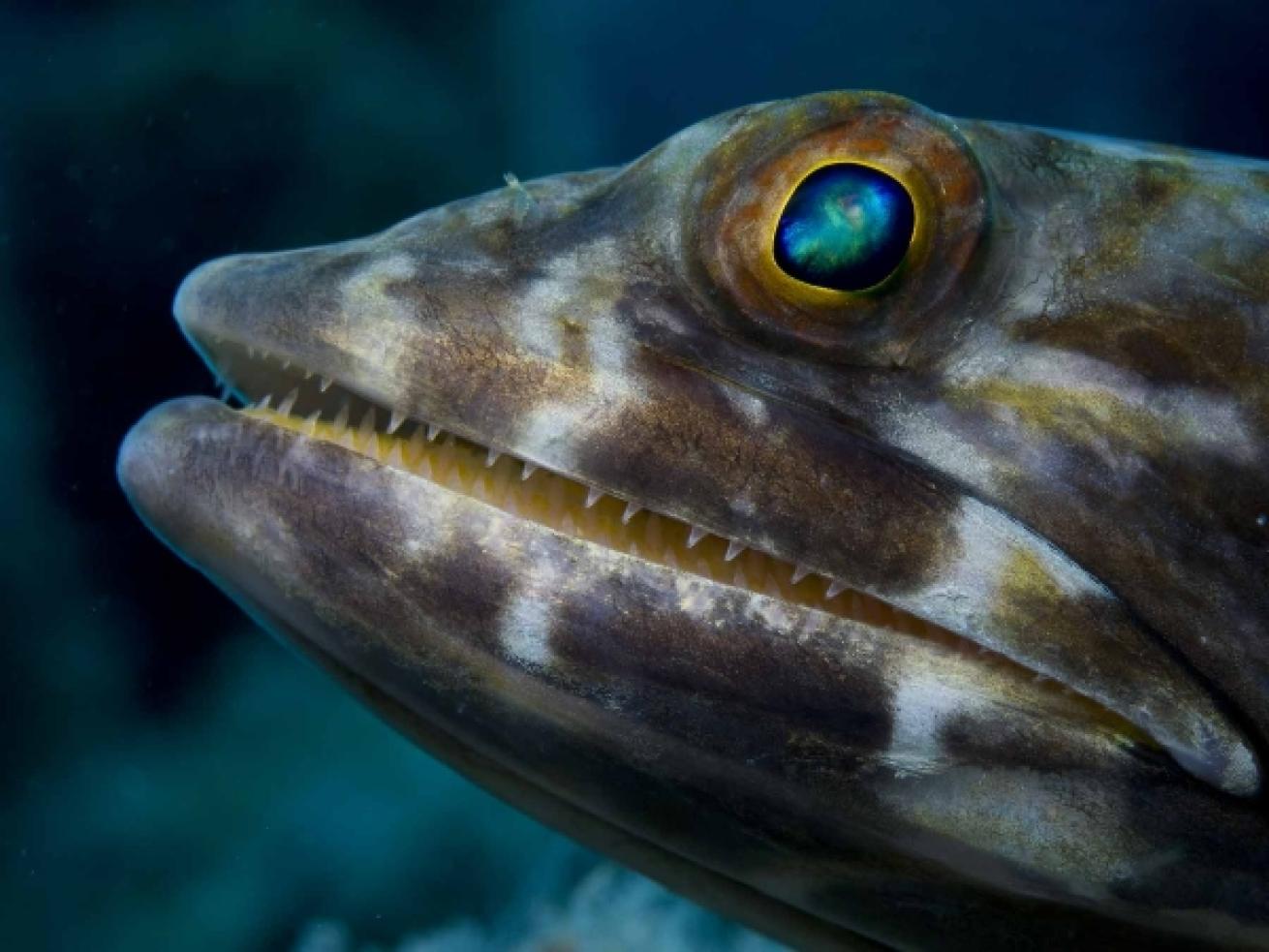
Macro Gear — Did You Know?
- A longer focal length lens, such as the Nikor 105mm VR or the Canon 100mm IS, allows greater working distance from the subject, which is why these lenses are so popular for taking portraits of small, skittish creatures.
- Accessory lenses that either screw on or flip down over your housing’s macro port while you’re underwater allow you to get even closer to your subject, increasing the magnification of it in your frame.
_*An underwater photographer and videographer, Sterling Zumbrunn is Chief Technical Officer of Backscatter Underwater Video and Photo. In the Imaging+ column, he tackles practical problems in underwater photography and videography.*

